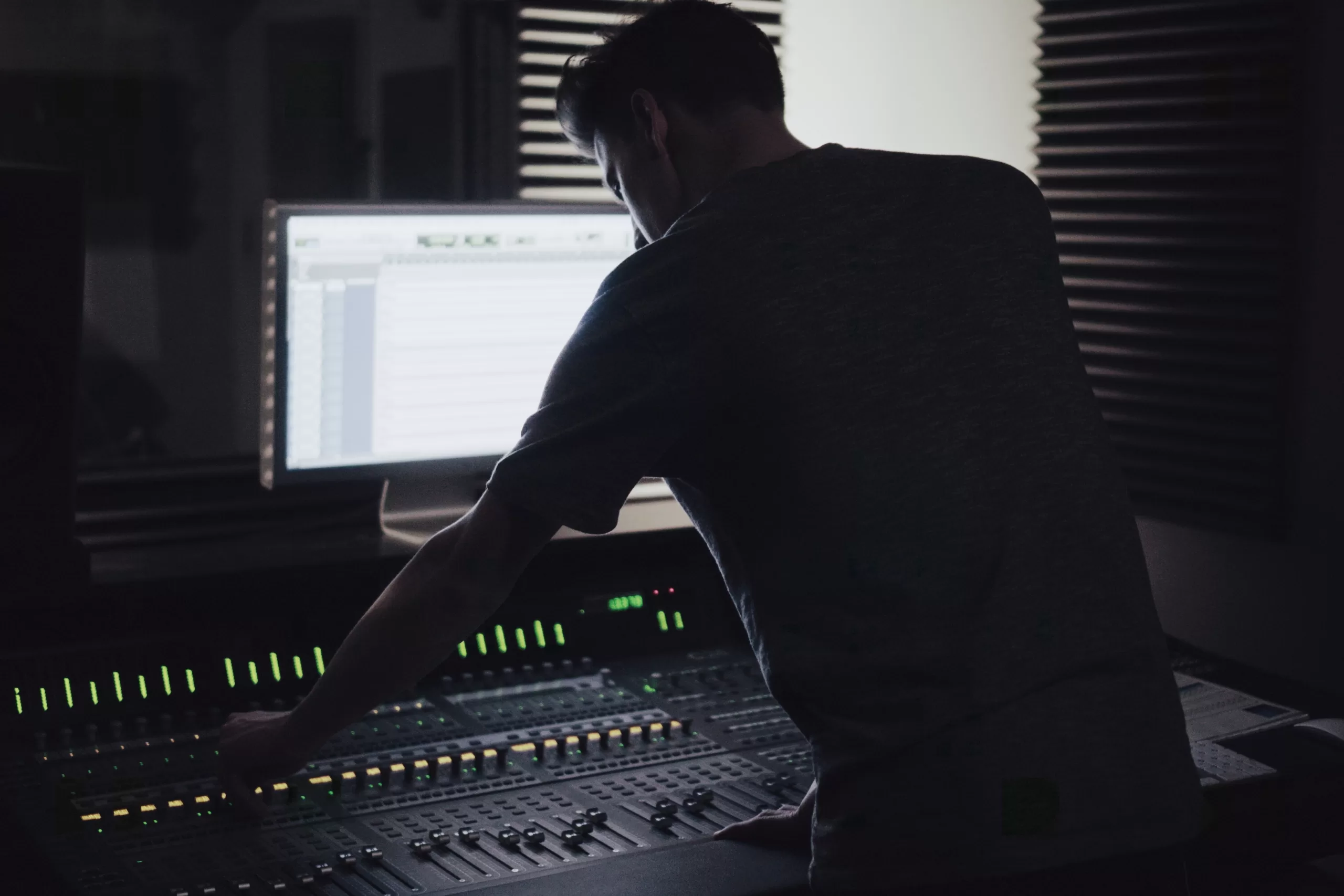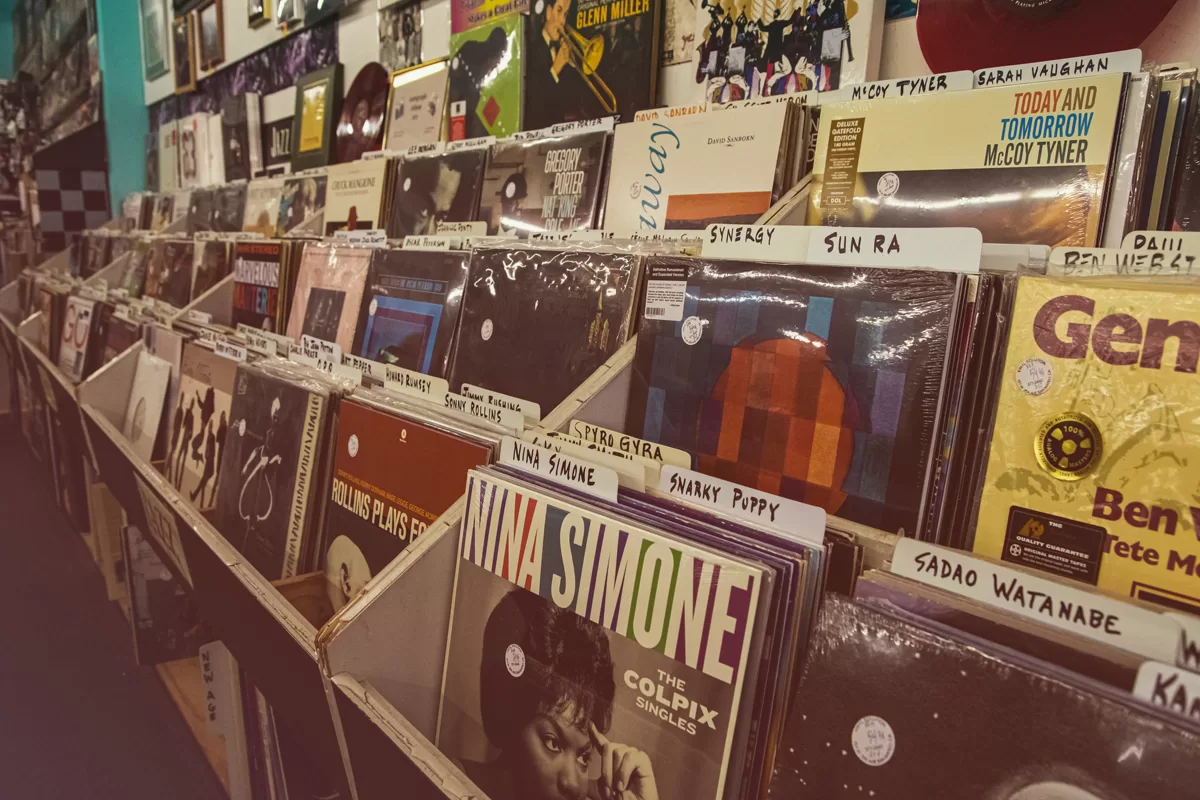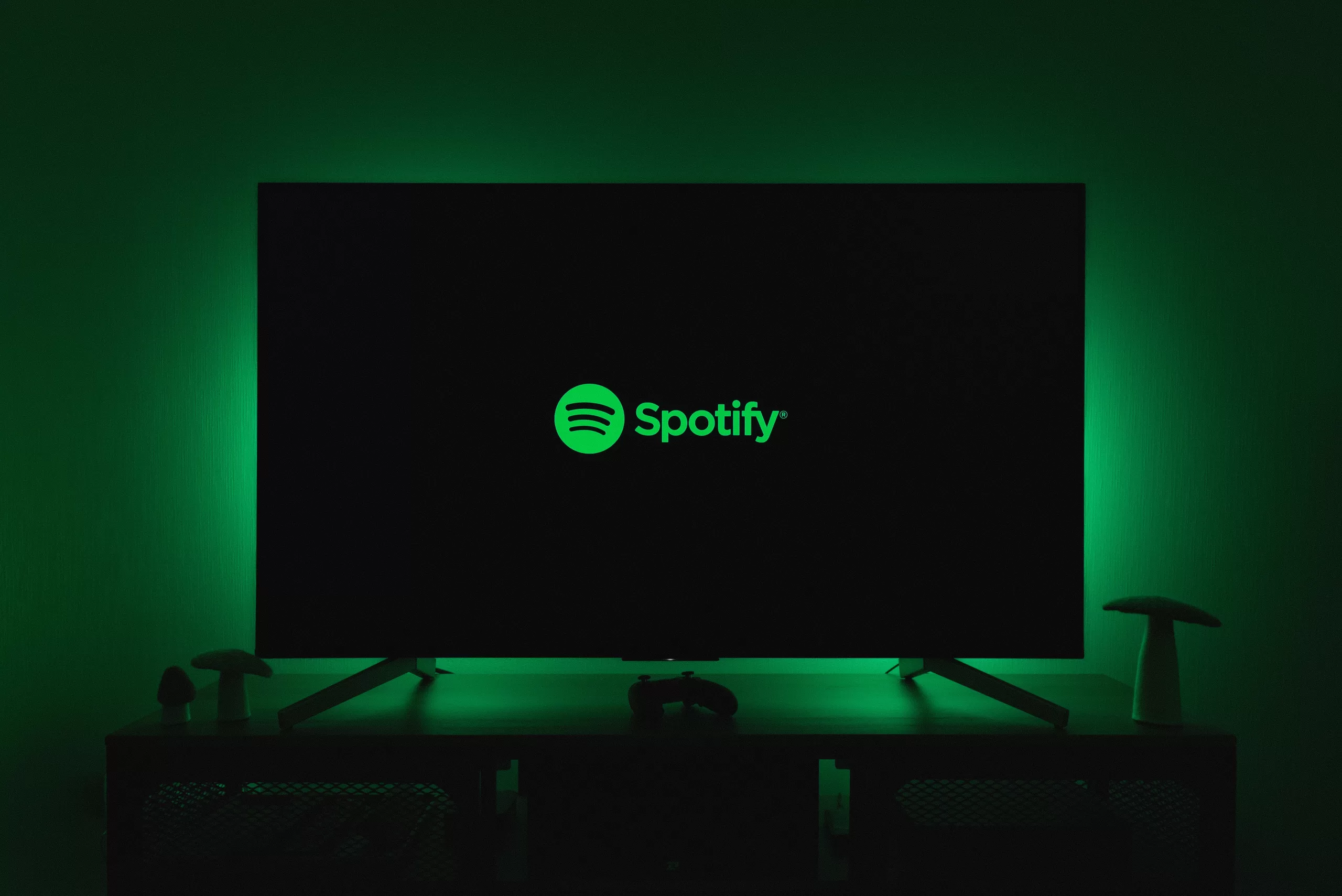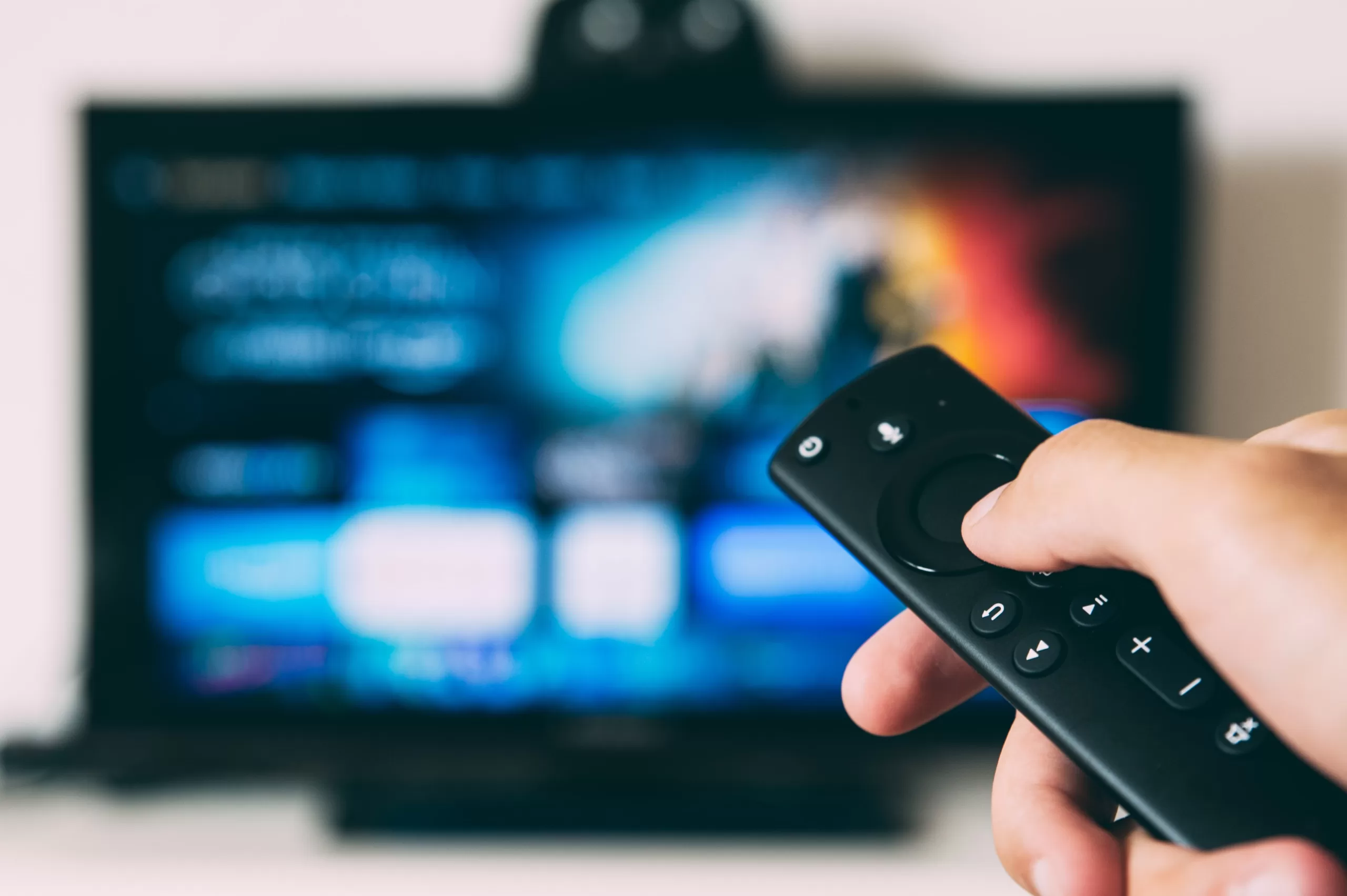James Earl Jones, the voice behind the legendary Star Wars’ villain Darth Vader, is hanging up his helmet.
Jones’s voice was remastered from the original Star Wars films for the recent Obi-Wan Kenobi series. Some of Jones’s archival voice recordings were also used.
For future Star Wars projects, the 91 year old actor has reportedly granted permission for Disney and Lucasfilm to use artificial intelligence and archival recordings to recreate his voice.
The Ukrainian-based A.I. company working with Lucasfilm on the voice recreation will also use proprietary deep learning software to create new lines of dialogue using Jones’s speech patterns.
Similar technology was used with actor Peter Cushing, who starred as Grand Moff Tarkin and Carrie Fisher, as Princess Leia.
For fans, perhaps it’s comforting that one of the most famous voices in cinema history will be kept ‘alive’ for generations to come.










